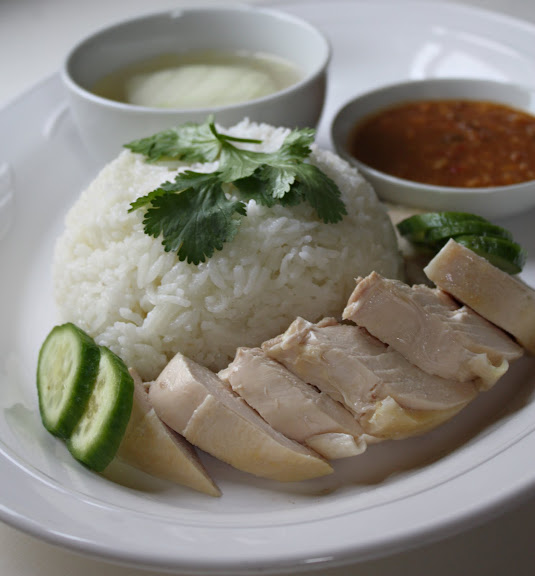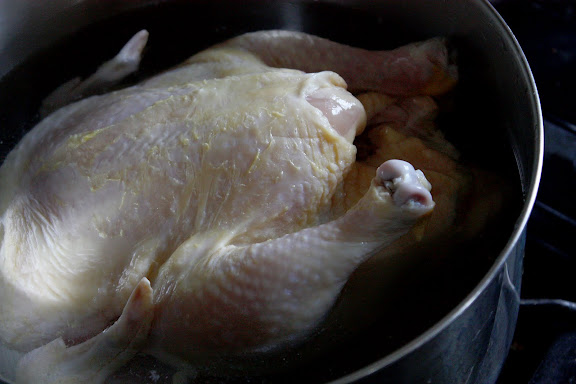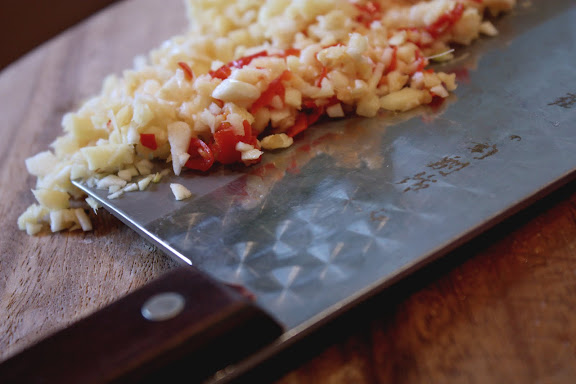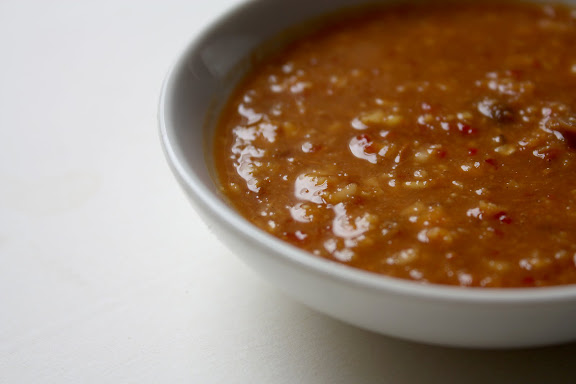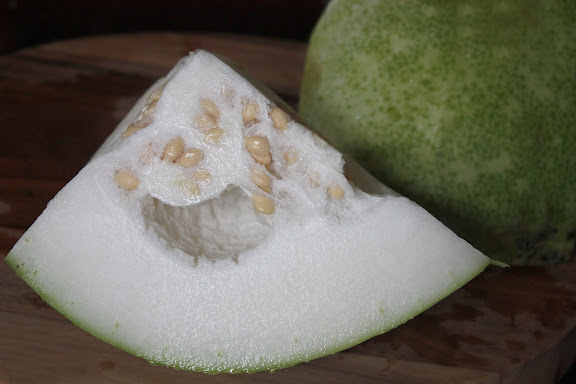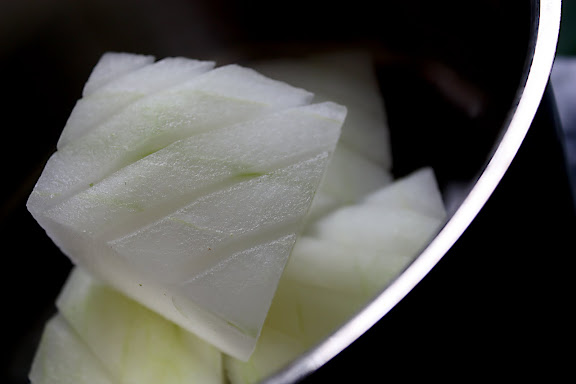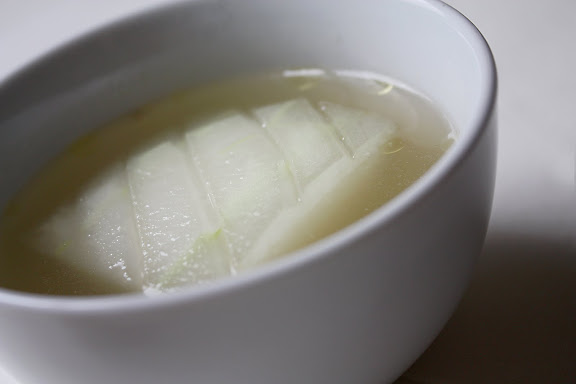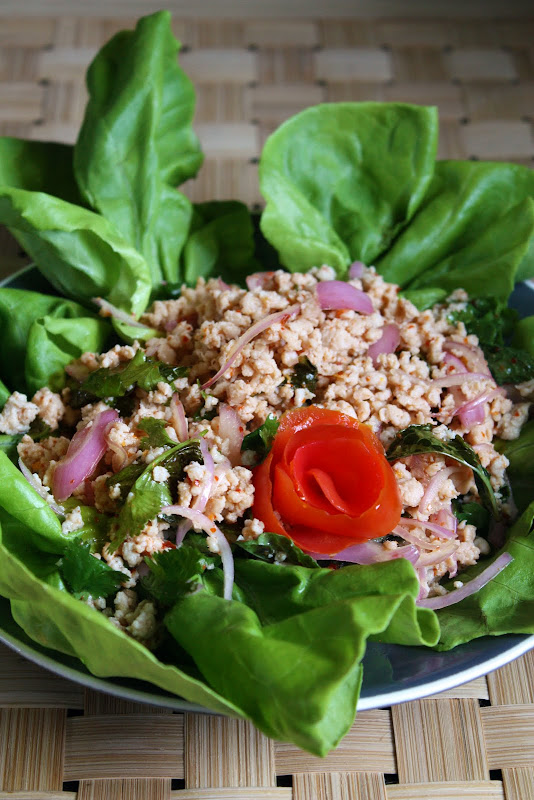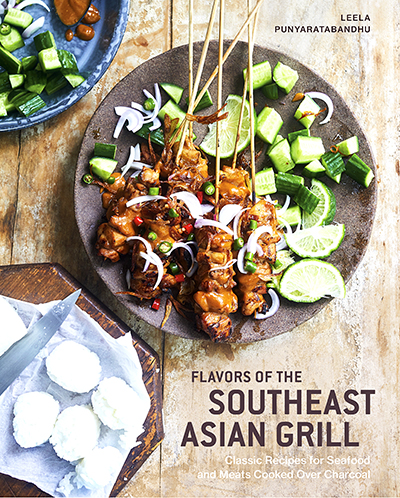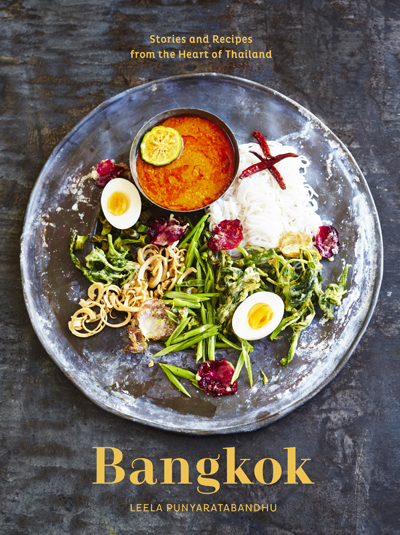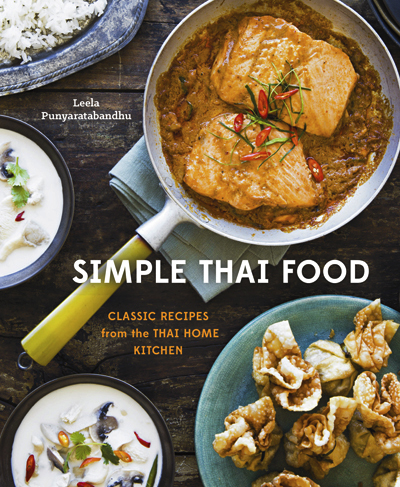
Anyone who has had an unfortunate — albeit delicious — encounter with these little French devils knows how dangerous they can be. Chouquettes, little unfilled puffs made out of choux pastry, are one of those snacks that you cannot stop eating once you pop one in your mouth. Plain chouquettes are dangerously addictive. Chocolate chip chouquettes? If you don’t want to end up in Chouquette Anonymous, do not read beyond this point.

Ah, I see you’ve crossed over to the dark side. Welcome.
What makes chouquettes different from plain unfilled choux puffs is the crunchy pearl sugar on top. What’s special about pearl sugar is that it does not melt or lose its crunch in the process of baking. This is what gives you the crunchy bits of sweetness on top of the warm, puffy, eggy choux — a sought-after quality in chouquettes. Pearl sugar is not widely available in regular grocery stores, but can be purchased from both virtual or physical specialty food stores. (I got mine from Sur La Table.) I use this kind of sugar all the time to sprinkle on top of brioche au sucre, soft pretzels, and even plain old muffins (in lieu of the more caloric streusel topping).
I’ve been making plain chouquettes for several years, but today I thought I would experiment with adding some dark chocolate morsels inside the choux. The chocolate chips are there to flavor the choux, not so much to fill the choux cavities. (When baked, moisture in the batter will cause the choux to puff up and form almost hollow round shells whose cavities can only be completely filled up after the choux have been baked – in the style of cream puffs.) So only a couple of chips would be enough. You could add more, but the chocolate would just ooze out and stain the outside of the choux.
How to Make Chocolate Chip Chouquettes
(Makes 36 two-inch chouquettes)
Printable Version

Start off with a good recipe for pâte à choux. (I got this one from Baking with Julia which is one of the most reliable. While I closely adhere to the original recipe when I make cream puffs to be filled with either sweet or savory fillings, I triple the amount of sugar called for when I make chouquettes.)
In a heavy-bottomed pot, bring 1/2 cup of water, 1/2 of whole milk, 1 teaspoon salt, 3 tablespoons of sugar, and 7 tablespoons of butter (cut into 7 pieces) to a gentle boil over medium heat.
Once the mixture starts bubbling, add all at once 1 1/2 cups all-purpose flour to the milk mixture and stir briskly with a wooden spoon. You want to “cook” the flour mixture for 30-40 seconds. The mixture is ready when the flour is fully incorporated and forms thin crusty film on the bottom of the pot.
At this point, immediately take the pot off the heat and start adding eggs to the dough, one by one. (You should have 6 large eggs on hand, though you may only need 5 depending on the humidity in the air or the type of flour you use, etc.) Stir very briskly with a wooden spoon after each egg is added. The first 2 additions will require quite a bit of muscle work, but after that the dough will slowly become a batter, making it easier to stir. After the 5th egg has been fully incorporated, stop to check the status of your batter. Scoop up some batter with the wooden spoon and see if the batter in the bowl detaches itself from the batter on the spoon and slowly folds over itself. If it does, you don’t need the 6th egg. If the batter forms a stiff peak instead of folding, you need to add one more egg.
Preheat the oven to 400°F. Line two baking sheets with parchment paper.
With two small spoons, drop the batter onto the prepared sheets by teaspoonfuls, leaving 1 1/2 inches of space between each round. You want to have about 18 rounds. At this point, don’t worry about symmetry yet. We’ll fix that later.
Bury 2-3 chocolate chips inside each round and top them with the remaining batter. You should end up with 36 one-inch rounds (which will almost double in size in the oven).

With wet fingertips, beautify your asymmetrical and spiky choux as well as your level of dexterity allows. After the touch-up, your choux should be round and smooth and the chocolate chips should be completely enclosed (enshrouded, encapsulated, buried, hidden, embedded, etc.).
Sprinkle the pearl sugar on top; lightly press it with your fingertips into the choux to keep the sugar crystals in place. Bake for 15-20 minutes or until the chouquettes are brown on the outside and feel light and hollow when touched. Transfer the chouquettes to a cooling rack.
Chouquettes are best served warm right out of the oven.








